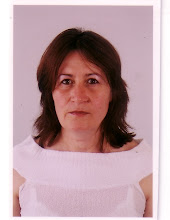
Astronomers using NASA’s Hubble Space Telescope received a boost from a cosmic magnifying glass to construct one of the sharpest maps of dark matter in the universe. They used Hubble’s Advanced Camera for Surveys to chart the invisible matter in the massive galaxy cluster Abell 1689, located 2.2 billion light-years away. The cluster contains about 1,000 galaxies and trillions of stars. Dark matter is an invisible form of matter that accounts for most of the universe’s mass. Hubble cannot see the dark matter directly. Astronomers inferred its location by analyzing the effect of gravitational lensing, where light from galaxies behind Abell 1689 is distorted by intervening matter within the cluster.
Researchers used the observed positions of 135 lensed images of 42 background galaxies to calculate the location and amount of dark matter in the cluster. They superimposed a map of these inferred dark matter concentrations, tinted blue, on a Hubble image of the cluster. The new dark matter observations may yield new insights into the role of dark energy in the universe’s early formative years.
from:
http://eaae-astronomy.org/blog/?cat=49







